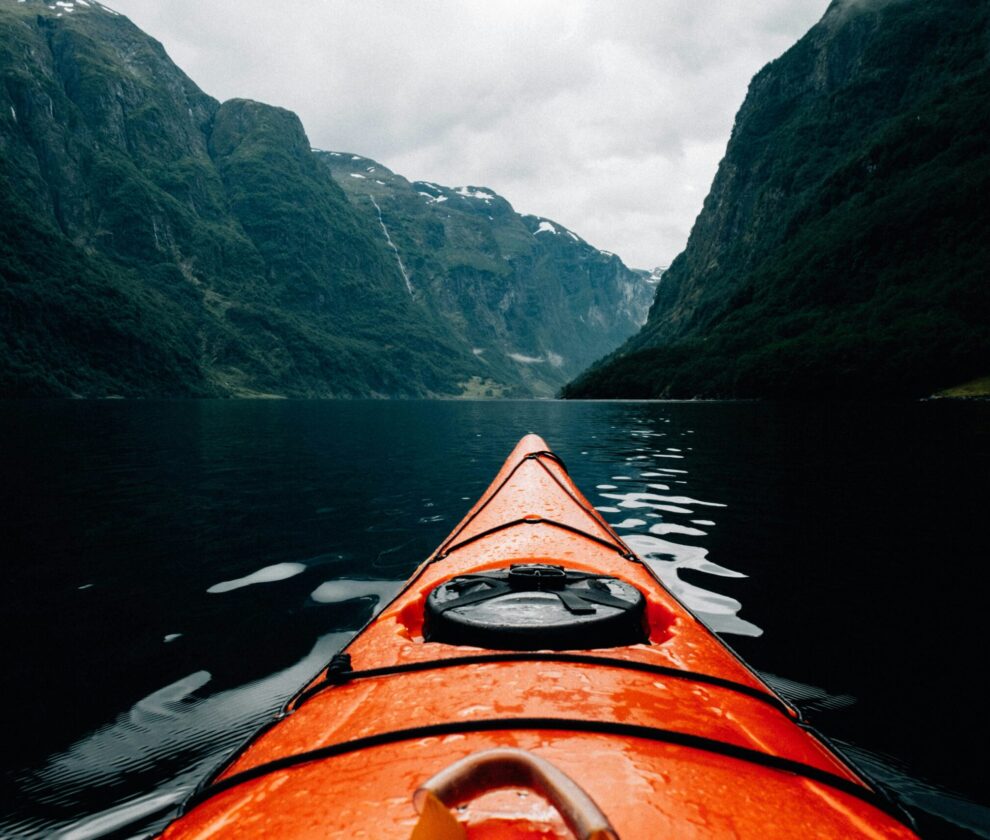In the competitive sphere of adventure and outdoor tourism, distinguishing your brand through effective SEO strategies is paramount. As the digital landscape evolves, outdoor brands must adapt to new algorithms and user behaviors to maintain visibility. This article delves into the best practices for enhancing the SEO of adventure companies, ensuring you remain a prominent choice in your niche.
Understanding the Landscape of SEO for Outdoor Brands
SEO for outdoor brands encompasses a broad range of strategies aimed at enhancing the online visibility of companies operating within the adventure and outdoor tourism sectors. Unlike traditional businesses, these companies must cater to a unique audience interested in activities such as hiking, climbing, rafting, and other adventure sports.
The Importance of SEO for Adventure Tours
The digital marketplace is saturated with outdoor and adventure companies vying for attention. SEO for outdoor brands is not just about ranking higher on search engines; it’s about reaching potential customers who are genuinely interested in the experiences offered. Effective SEO helps in increasing organic traffic, building brand credibility, and ultimately converting visitors into loyal customers.
Challenges Faced by Adventure Companies in SEO
Adventure companies often face unique challenges when it comes to SEO. These include seasonality, location-specific keywords, and the need to convey the unique experiences they offer through content. Moreover, the rapidly changing algorithms of search engines require constant adaptation and expertise.
Keyword Research: The Foundation of Effective SEO
Keyword research is the cornerstone of any successful SEO strategy. For adventure companies, this involves identifying and targeting keywords that potential customers are likely to use when searching for adventure-related experiences.
Identifying the Right Keywords
To identify the right keywords, consider the following steps:
- Understand Your Audience: Know who your customers are, what they are interested in, and how they search for adventure experiences online.
- Use SEO Tools: Utilize tools like Google Keyword Planner, SEMrush, or Ahrefs to find relevant keywords with a good balance of search volume and competition.
- Focus on Long-Tail Keywords: These are more specific phrases that potential customers might use. For example, instead of targeting “hiking tours,” consider “guided hiking tours in Colorado.”
Integrating Keywords into Your Content
Once you’ve identified the right keywords, the next step is to integrate them seamlessly into your content. This includes:
- Website Content: Ensure that your website’s landing pages, product descriptions, and blog posts are optimized with your chosen keywords.
- Meta Tags and Descriptions: Use keywords in your meta tags and descriptions to improve click-through rates from search engine results pages.
- URL Structure: Incorporate keywords into your URL structure to enhance relevance and search engine understanding.
Content Strategy: Engaging and Informative
Creating high-quality content is crucial for SEO success. For adventure companies, this means producing content that not only attracts visitors but also engages and informs them about the unique experiences you offer.
Types of Content to Consider
- Blog Posts: Regularly update your blog with posts that address common questions, share adventure tips, or narrate experiences. This not only attracts visitors but also establishes your brand as an authority in the field.
- Visual Content: Use high-quality images and videos to showcase the experiences you offer. Visual content is highly engaging and can significantly improve user retention on your site.
- Customer Testimonials and Stories: Share testimonials and stories from past customers. This not only builds credibility but also provides fresh content for search engines to index.
Content Optimization Techniques
- Use of Headers: Structure your content with clear headings and subheadings to improve readability and SEO.
- Internal Linking: Use internal linking to guide visitors to other relevant pages on your site, improving navigation and reducing bounce rates.
- Regular Updates: Keep your content up-to-date with the latest information and trends in the adventure industry.
Technical SEO: Enhancing Performance and Usability
Technical SEO involves optimizing the infrastructure of your website to improve its performance and usability. This is crucial for providing a seamless user experience and ensuring your site is easily navigable by search engines.
Key Technical SEO Considerations
- Mobile Optimization: Ensure your website is fully responsive and provides a great user experience on mobile devices. With a significant portion of searches coming from mobile, this is a non-negotiable aspect of modern SEO.
- Page Speed: Optimize your website’s loading speed by compressing images, leveraging browser caching, and minimizing code. Fast loading times are critical for reducing bounce rates and improving user satisfaction.
- Secure Website (HTTPS): Secure your website with HTTPS to protect user data and improve trust. Search engines prioritize secure websites in their rankings.
- XML Sitemaps and Robots.txt: Use XML sitemaps to help search engines index your pages and robots.txt to control which parts of your site are accessible to crawlers.
Local SEO: Capturing the Local Market
For adventure companies, local SEO is especially important. Many customers will be searching for experiences in specific locations, making it essential to optimize your website for local search.
Strategies for Local SEO
- Google My Business: Claim and optimize your Google My Business listing with accurate information, images, and customer reviews.
- Local Keywords: Incorporate location-specific keywords into your content and meta tags to capture local search intent.
- Local Listings and Directories: Ensure your business is listed accurately in local directories and review sites to improve visibility and credibility.
Conclusion
Implementing effective SEO strategies is essential for adventure companies aiming to stand out in a competitive digital landscape. By understanding the unique challenges and opportunities within the outdoor tourism sector, conducting thorough keyword research, creating engaging content, optimizing technical aspects, and focusing on local SEO, adventure companies can significantly enhance their online presence and attract more customers.
In this ever-evolving digital era, staying updated with the latest SEO trends and continuously refining your strategies will ensure your adventure brand remains at the forefront of search engine results, capturing the attention of thrill-seekers worldwide.






